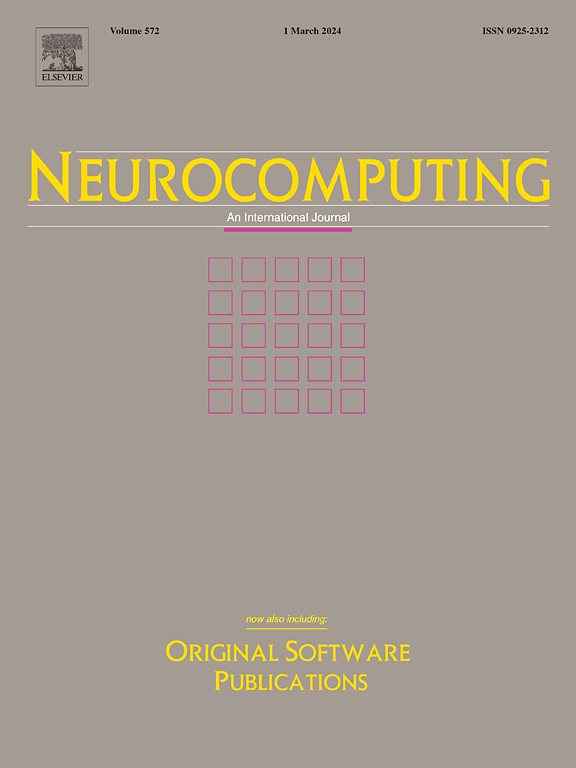Learning semantical dynamics and spatiotemporal collaboration for human pose estimation in video
IF 5.5
2区 计算机科学
Q1 COMPUTER SCIENCE, ARTIFICIAL INTELLIGENCE
引用次数: 0
Abstract
Temporal modeling and spatio-temporal collaboration are pivotal techniques for video-based human pose estimation. Most state-of-the-art methods adopt optical flow or temporal difference, learning local visual content correspondence across frames at the pixel level, to capture motion dynamics. However, such a paradigm essentially relies on localized pixel-to-pixel similarity, which neglects the semantical correlations among frames and is vulnerable to image quality degradations (e.g. occlusions or blur). Moreover, existing approaches often combine motion and spatial (appearance) features via simple concatenation or summation, leading to practical challenges in fully leveraging these distinct modalities. In this paper, we present a novel framework that learns multi-level semantical dynamics and dense spatio-temporal collaboration for multi-frame human pose estimation. Specifically, we first design a Multi-Level Semantic Motion Encoder using a multi-masked context and pose reconstruction strategy. This strategy stimulates the model to explore multi-granularity spatiotemporal semantic relationships among frames by progressively masking the features of (patch) cubes and frames. We further introduce a Spatial-Motion Mutual Learning module which densely propagates and consolidates context information from spatial and motion features to enhance the capability of the model. Extensive experiments demonstrate that our approach sets new state-of-the-art results on three benchmark datasets, PoseTrack2017, PoseTrack2018, and PoseTrack21.
求助全文
约1分钟内获得全文
求助全文
来源期刊

Neurocomputing
工程技术-计算机:人工智能
CiteScore
13.10
自引率
10.00%
发文量
1382
审稿时长
70 days
期刊介绍:
Neurocomputing publishes articles describing recent fundamental contributions in the field of neurocomputing. Neurocomputing theory, practice and applications are the essential topics being covered.
 求助内容:
求助内容: 应助结果提醒方式:
应助结果提醒方式:


